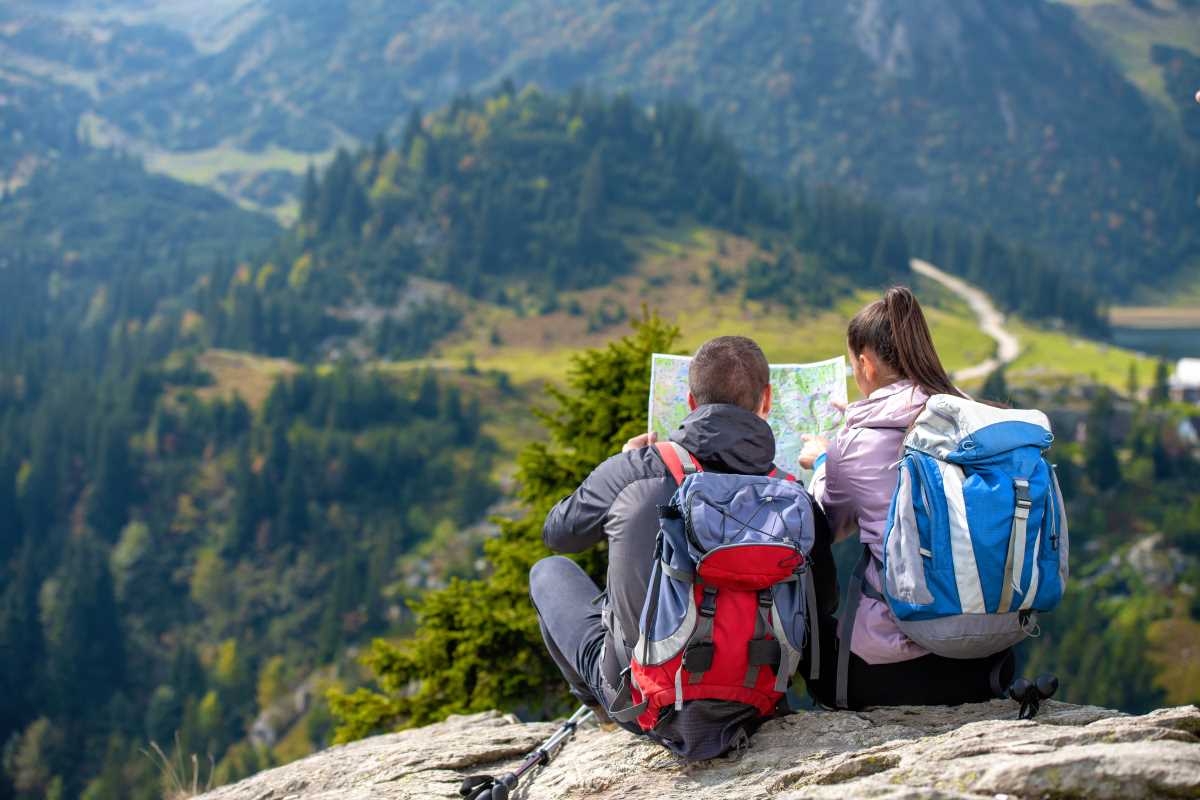Exploring the wilderness offers a unique sense of excitement and the promise of new discoveries. Careful planning gives you the confidence to tackle unexpected challenges and helps you enjoy every moment of your adventure. By focusing on practical details and organizing your journey ahead of time, you set yourself up for an experience that is both safe and rewarding. Every step you take in preparing for your expedition enhances your readiness, allowing you to appreciate the beauty of nature while feeling secure in your abilities. A thoughtfully planned adventure lets you embrace the wild fully and make lasting memories along the way.
Adventurous travel requires clear planning and smart decision-making to handle unexpected twists along the way. By paying close attention to each stage of your journey, you increase efficiency and create a smooth blend of exploration and safety, making every moment valuable.
Select Your Adventure Destination
Choosing the right location sets the tone for your entire expedition. Look into various options, from rugged mountain trails to vast desert landscapes, and pick the environment that ignites your passion for exploration. Study maps, read travel guides, and listen to stories from experienced travelers to select a destination that satisfies your craving for adventure while offering opportunities to develop your skills.
When selecting a destination, think about factors like seasonal weather, available activities, and the region’s specific challenges. A place with diverse terrains, such as rocky paths, steep climbs, and open spaces, provides a good mix of physical exertion and strategic navigation challenges. This approach not only tests your skills but also rewards you with stunning views and unforgettable experiences.
Essential Gear and Packing Tips
Proper gear is the foundation of any successful outdoor trip. Packing the right equipment helps prevent setbacks and builds confidence when surprises occur. Focus on choosing durable and appropriate items that match the terrain and climate of your destination.
Before departure, make a list of gear that can withstand the elements and the demands of active travel. Consider including these essential items:
- High-quality, weather-resistant backpack
- Multipurpose trekking boots that support your feet
- Layered clothing system for temperature changes
- Reliable navigation tools, including GPS and physical maps
- Portable water filtration system and hydration packs
- First aid kit designed for outdoor injuries
- Compact cooking gear suitable for outdoor use
- Protective eyewear and hat for sun protection
Pack light but thoughtfully, making sure each item serves more than one purpose. Extra weight slows you down, so choose lightweight and effective tools. Organize your backpack well to give quick access to important items when needed.
Design a Practical Itinerary
A detailed itinerary gives structure to your expedition while allowing space for spontaneous discoveries. Develop a day-by-day plan that includes main routes, rest stops, and key landmarks, balancing planned stops with free time for unexpected adventures.
When creating your itinerary, break down the planning into manageable steps. Follow these numbered steps to balance structure and flexibility in your schedule:
- Decide the overall length of your expedition, including travel days and buffer time.
- Find potential campsites or rest spots along your planned route.
- Estimate daily mileage or travel time, leaving room for breaks and safety checks.
- Include local contact details and emergency services information for each area.
- Mark key landmarks and coordinates to help with navigation without relying solely on digital devices.
This systematic method helps ensure each day has achievable goals and exciting milestones. The clear plan also offers protection against unforeseen changes, keeping your journey smooth and enjoyable.
Prepare for Safety and Develop Survival Skills
Venturing into tough landscapes requires readiness for unexpected situations. Equip yourself with basic safety practices and practical survival skills that can reduce risks during your trip. It is vital to learn essential techniques like building makeshift shelters, navigating using natural landmarks, and recognizing weather patterns.
Training and preparation can make your adventure travel expedition both safe and exciting. Local workshops, online tutorials, and hands-on training sessions help you develop the proactive skills needed to handle emergencies. Regular practice and real-life drills build confidence and help you make quick, informed decisions under pressure.
Plan Your Budget and Support Logistics
Smart planning sets the stage for a smooth adventure. Build a realistic budget covering transport, gear, lodging, and emergencies. Track expenses closely to avoid surprises and find ways to save without cutting corners.
Book transport early, aim for off-peak deals, and map your route for maximum efficiency. Blend tech tools with backups like paper maps to stay ready for anything.
Keep documents, permits, and insurance in one place for easy access. When logistics are handled, you can focus on the journey—not the stress.
 (Image via
(Image via

.jpeg)



